 Waterspouts are one of the subjects that we have yet covered.
Waterspouts are one of the subjects that we have yet covered.So since I received the below email from a good friend of mine, who is serving as a Chief Mate aboard a "Drill Ship" doing exploration off the coast of South America. (No the report did not come from this vessel I linked to either).
So what is a Chief Mate aboard a commercial ship? Well he is next in command to the Master or Captain. For you Star Trek fans this would be equivalent to Mr. Spock...
So I thought we would visit the subject. Remember when aboard ship there is really no place to run!
(To the left is a drawing by Benjamin Franklin and his understanding of water spouts.
Benjamin Franklin was a student of severe weather and theorized about how storms formed. Representation of waterspout accompanying "Water-spouts and Whirlwinds" by Benjamin Franklin.
This paper was republished in "The complete works in philosophy, politics, and morals, of the late Dr. Benjamin Franklin ....", 1806. Volume II, p. 26. Library Call Number PS745 .A2 1806. Image ID: wea00342, Historic NWS Collection)
As my shipmate writes....
"At around 9:45 on Wednesday 16 Jan we were drilling and sitting in 40knot winds from direction 145... A ABS (Able Body Seaman) ran into the operations office and said he spotted a waterspout. Operations opened the door and said there was zero visibility. A couple minutes later we got hit with a steady 85 knots on the stbd beam, gust up to who knows what. All 6 7,000hp thrusters kicked in but we were still pushed off 35 feet."
Its not all that uncommon for ships to get struck by a waterspout since its really hard to sail around them and especially when watches and warning at sea are almost non-existent. Yes the ship will get weather briefs or weather faxes with potential dangers, but unlike a shore-based tornadoes there is no news flashes, warning sirens, news helicopters daring the twister or storm chasers and spotters sounding the alert. As he writes, most of these events are spotted by the crew and by that time ... well... as you can read it is sometimes too late.
In this case there was no injuries and damage was very limited. But as you can read this water spout actually move the ship off station by 35 feet. Now that might not sound like a lot but on many ships and especially offshore platforms like a drill ship, have a computer control system called a "Dynamic Positioning System" which keeps the ship stabilized and on course or on station. Its like a very advanced cruise control for ships.
Though there were two reported, now funny events (they were not at the time). Seems as the waterspout dropped in for a visit there was one seaman at the time working on the derrick of this drill ship and supposedly you now can see his finger nail marks on the hand rails! One lucky dude! The second one though some of you might laugh, but seafarers do take superstition seriously even today. It involved a visiting technical representative who came onto the bridge whistling just prior to the ship being struck by the waterspout. This person was asked to stop whistling and replied something to the effect that they were not superstitious.
Well you see, according to maritime lore, whistling "on-board" ship brings winds... Moments later the ship was struck by the waterspout along with 85 knots+ winds....Think that person is now superstitious?
So what is a "Waterspout"?
Waterspouts are tornadoes over water. But scientific work over the last 30 or so years has led to a more complicated picture with waterspouts differing in some ways from tornadoes over land, especially large ones.
Waterspouts and all the different kinds of tornadoes have a similar basic structure with air moving upward. At the ground or ocean surface, winds are rushing faster and faster as they swirl into the vortex and then upward.
Often with both tornadoes and waterspouts, the vortex is seen coming down from the cloud, but not obviously touching the ground or ocean. Such vortices that don't seem to touch the ground are called "funnels" or "funnel clouds."
It's important to say "seems" not to touch because often, especially in the beginning, the vortex is invisible along part of its path. We begin to see the vortex when its lower air pressure cools the air enough to condense water vapor in the air into tiny water droplets.
Beginning in the late 1960s when he investigated waterspouts in the Keys from a single-engine Cessna 172 piloted by a friend, Joseph Golden, now a senior scientist at the National Oceanic and Atmospheric Administration, documented the "what" of spouts and tried to puzzle out the "why." The original studies were for his Ph.D. thesis at Florida State University.
During 12 days in September 1974, Golden flew into 16 Florida Keys waterspouts — one of them 26 times — in a North American T-6 airplane that had been modified for weather research. The World War II era trainer was flown by a professional weather research pilot. Golden recalls that flying into spouts with winds blowing faster than 60 mph around the vortex and moving upwards at 20 mph or better "rattled my teeth."
And, he notes, these were "weak to moderate" strength waterspouts. Careful study of movies or videos of waterspouts show speeds up to the 190 mph range.
They are not to be taken lightly.
In fact, Golden speculates that "a significant fraction of the so-called Bermuda Triangle incidents are from waterspouts."
How waterspouts form
The first sign, which can be seen from the air but usually not from a boat, is the formation of a dark spot on the ocean. Smoke flares dropped in these areas show the air is moving in a circle and upward. Many dark spots die out without progressing any further. But some begin to take on a spiral pattern of dark and lighter water.
Golden says at this second stage someone on a boat at the surface would probably feel the wind shift and maybe increase. Also, if you looked upward, you might see a funnel coming from a cloud overhead or off to one side.
People on boats will see the third stage.
Even though it might be invisible, a vortex is reaching the ocean surface from the cloud. When the wind speeds reach around 40 mph, the wind begins to kick up spray in a circular pattern — the spray vortex. At this time you might see the funnel pointing down from the cloud toward the ring.
The fourth, or mature, stage is when the funnel reaches all the way from the cloud to the ocean. You can usually see through the funnel - it's really a thin cloud of tiny water droplets.
During this stage, small waves are being kicked up and the spout leaves a bubbly wake behind as it moves across the ocean. These tiny bubbles could be carbon dioxide and other gases that are dissolved in the water that are caused to effervesce by the low air pressure in the spout's center - like a bottle of soda that's just opened.
In the fifth, and final stage, the spray vortex weakens and the funnel becomes shorter and maybe more tapered. It often twists around and the bottom of the waterspout may move out from under the cloud.
Scientists say the waterspout's dissipation usually occurs when rain begins falling from the parent cloud. Cool air brought down by the rain cuts off the supply of warm, humid air that's feeding into the waterspout to keep it going.
Where waterspouts are most likely
The Florida Keys "are the greatest, natural vortex lab in the world," says Golden. "Waterspouts probably occur more frequently in the Florida Keys than anywhere in the world."
Waters around the Keys, especially from Marathon past Key West on westward to the Dry Tortugas, probably see 400 or 500 waterspouts a year. Since they are so common, most go unreported unless they cause damage.
Golden suspects so many waterspouts hit the Florida Keys because the weather and geography supply two necessary ingredients.
First, the islands and the shallow water along them help heat the air. During the summer, waterspout season, the air is extremely humid with temperatures in the mid-80s into the low 90s. The heat causes the air to rise. As it rises, the air's humidity condenses into the tiny water droplets that make up clouds.
As water vapor condenses, it releases more heat that makes the air rise even faster. Rising air currents are needed for waterspout formation.
The second important waterspout ingredient in the Keys seems to be the regular east or northeast "trade winds" that blow right down the islands. These winds help line up the clouds. Lines of clouds encourage waterspouts. Exactly how is one of the questions researchers are trying to answer.
Clouds that spawn waterspouts in the Keys are generally from around to 18,000 to 22,000 feet high. Golden says, waterspouts are likely to form when the clouds are growing upwards.
In the Keys, waterspouts are most likely to form between 4 and 7 p.m. with a secondary maximum from 11 a.m. to 1 p.m. A few waterspouts form around sunrise.
After the Florida Keys, the next most active U.S. waterspout area is the southeast Florida Coast from around Stuart south to Homestead. Tampa Bay has the greatest number of damaging waterspouts, probably because the shores of the Bay are so built up.
Places around the Gulf of Mexico along with the Atlantic Coast northward to Chesapeake Bay are also likely to see waterspouts. Waterspouts have been reported on the West Coast from Tatoosh Island, Wash., south to San Diego, but they tend to be weak and short lived. Waterspouts also skip across the Great Lakes and Utah's Great Salt Lake from time to time.
Boaters safety around waterspouts
Even though waterspouts are usually weaker than the strong tornadoes over land, they can be a real danger to boaters. Waterspouts are most common in the Florida Keys and over other warm oceans, but they can occur over just about any body of water.
As with any kind of weather hazard, safety begins by staying informed. One of the special radios that pick up weather broadcasts should always be aboard your boat. And, you should listen to it regularly.
Waterspouts tend to come from clouds with a dark, flat bottom when there is just the first hint of rain.
If one heads your way, try to escape by going at right angles to its path. And if it's about to hit your boat, the best bet might be to dive overboard. Flying debris is the big killer in tornadoes and waterspouts.
How about diving underwater to escape?
"If you dive before one hits, I think you will be O.K.," says Golden.
But no one really knows what the water is doing right under a waterspout and such a dive should be a last-ditch attempt to avoid flying debris. I'm not prepared to say it's safe to dive under a waterspout," Golden says. Source: USA TodayHere is a pix of one getting ready to drop in for a visit!
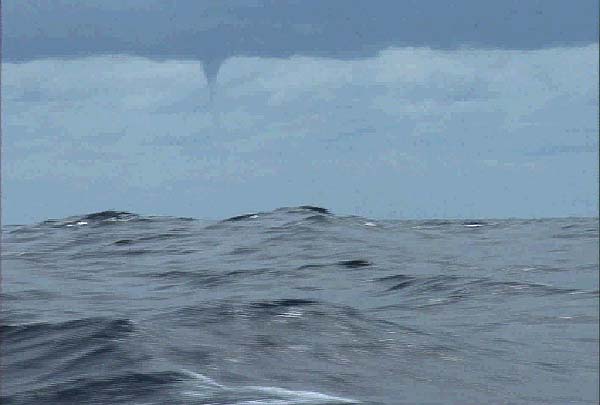
WATERSPOUTS THREAT TO SHIPPING ?
In the summer of 1949, a message was broadcast describing an exotic natural phenomenon. On a coastal region of New Zealand, a rain shower was accompanied by the fall of thousands of small-sized fish. A similar occurrence was observed in 1933 by the inhabitants of village of Kavalerovo in Primor'ye Territory, but instead of fish, there was a rain of jellyfish.
In August, 1972, a giant waterspout appeared near the town of Khosta (Black Sea coast). Darkness covered the town. On the coast of Tikhaya Bay, a waterspout dropped a huge mass of water (about 150,000 tons).
In historical chronicles, there are many authentic stories about similar kinds of unusual rains. The cause of these rains is often waterspouts, the diameter of which range from several tens of meters up to 3 km, with an average height of 800 - 1,500 m, and on occasion, 2 - 3 km. The wind-speed inside a waterspout reaches 100 m/s. The vortices move with a speed of 5 - 10 m/s and sometimes, up to 30 m/s. The duration of the “life” of waterspouts is from several minutes to several hours. During this time, they can travel hundreds kilometres, destroying everything in their paths.
For a long time, the nature of waterspouts remained a riddle. It has now been found that waterspouts occur when air masses spin rapidly during thunder-storms in areas where the air-flow has a sharply distinguished speed of movement, temperature and water vapour content.
When a storm-cloud passes, there are sharp changes in the wind direction and speed and also differences in the air temperature in the most intense section. Unevenly heated air masses have different densities and collisions occur, causing a spinning motion. The rotation rate increases, and a waterspout is born. When air rotates in a vortex, centrifugal forces are generated. The air pressure inside the tube of a waterspout is sharply reduced, and the difference between this pressure and the outer edge may be as much as 200 mbar. Because of this air-pressure difference, there is almost no cooling taking place, resulting in condensation of the water vapour always present inside of the tube.
A waterspout has a cloudy tube descending to the sea-surface. The sharp decrease in air-pressure inside the tube of a waterspout also explains why suction occurs when one is present. For this reason, as soon as the tube of a waterspout breaks contact with the sea-surface, all of the water being carried is dumped, falling to earth. A waterspout is capable of lifting and carrying particles of sand, water, stones, live sea creatures, and sometimes, people, roofs of houses, etc. All of these can be carried long distances. Waterspouts often cause some destruction at coastal beaches, frequently killing people. If a vessel at sea encounters a waterspout, it is a dangerous situation. Source: UN Atlas of the Oceans
(Jesse Ferrell) of The WeatherMatrix Blog. Has a excellent post with pix's on the End-of-Year Waterspouts for Florida.
NWS Key West Florida has a good page for spout pix's...
NWS Gaylord Michigan has a excellent write up on spouts in the Great Lakes
SISTERS! JUNE 11, 2007
SISTERS NOT GOOD ENOUGH? MARCH 30, 2007
LASTLY MARITIME NOTES:
January 24, 2008
Ships Collide in Newark Bay and Fluid Leaks
WNBC 4HD NYC
Shortly before 2 this afternoon, three ships collided in Newark Bay, closing the bay to marine traffic.
The three-way collision was between two dredging vessels, the 117-foot Melvin Lemmerhirt and the New York, and the 669-Foot Liberian tanker Orange Sun. The Orange Sun is reported to be carrying orange juice as its cargo. Reports also say the New York is taking on water, that there is a fluid leaking from one of the ships (presumably, not orange juice), and there's hydraulic fluid leaving a sheen on the waters nearby. The juice-filled Orange Sun is being brought back to harbor via tugboat.
Newark Bay is about six miles long and one mile wide and is a tidal back bay of New York Harbor. It's bound by the shores of Newark and Elizabeth on the west, Jersey City on the east and Staten Island on its south. Port Newark-Elizabeth, which is in Newark Bay, is the main port of entry for the New York area.
Latest information on the Greek-registered cargo vessel that sank last week.
JANUARY 24, 2008 CALIFORNIA SPOUT/TORNADO UPDATE
A rare tornado has touched down in Southern California. It started as a waterspout last night (24 JANUARY) in the Pacific and came ashore at the Point Mugu (muh-GOO') Naval Air Station up the coast from Malibu, ripping a roof off a hangar. It scattered debris on a tarmac but nobody was hurt and flight operations were not affected. The small tornado was from a much bigger storm system that's been causing problems in Southern California, pounding the region with heavy rain and deep snow and triggering at least two tornado warnings last night. Hundreds of cars and tractor trailers had been left stranded on a major highway north of Los Angeles. One driver says he was stuck on the road for 24 hours. Chicago Weather? Clear, with a low around -1. Wind chill values as low as -12. West wind between 5 and 10 mph.
Forget cold.... Cold was in November.... This will be a good weekend to stay home and do some honey do's......like dusting!
Have a great....brrrrr ...warm weekend!
RS
PS: Thanks Steve....
































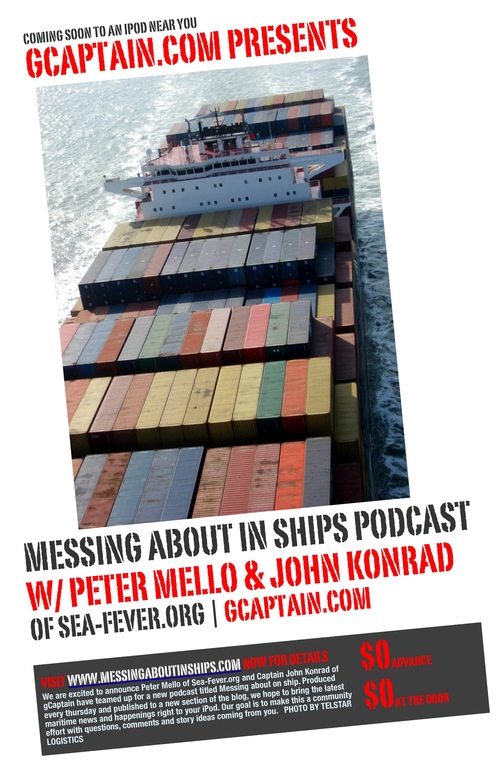

























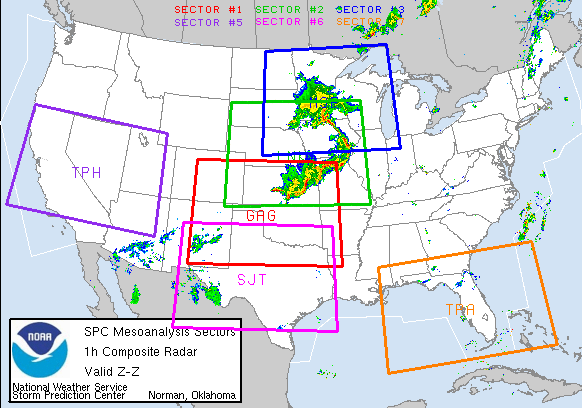














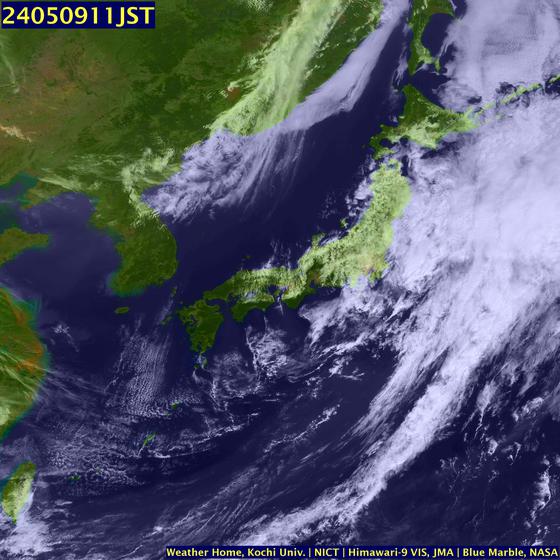

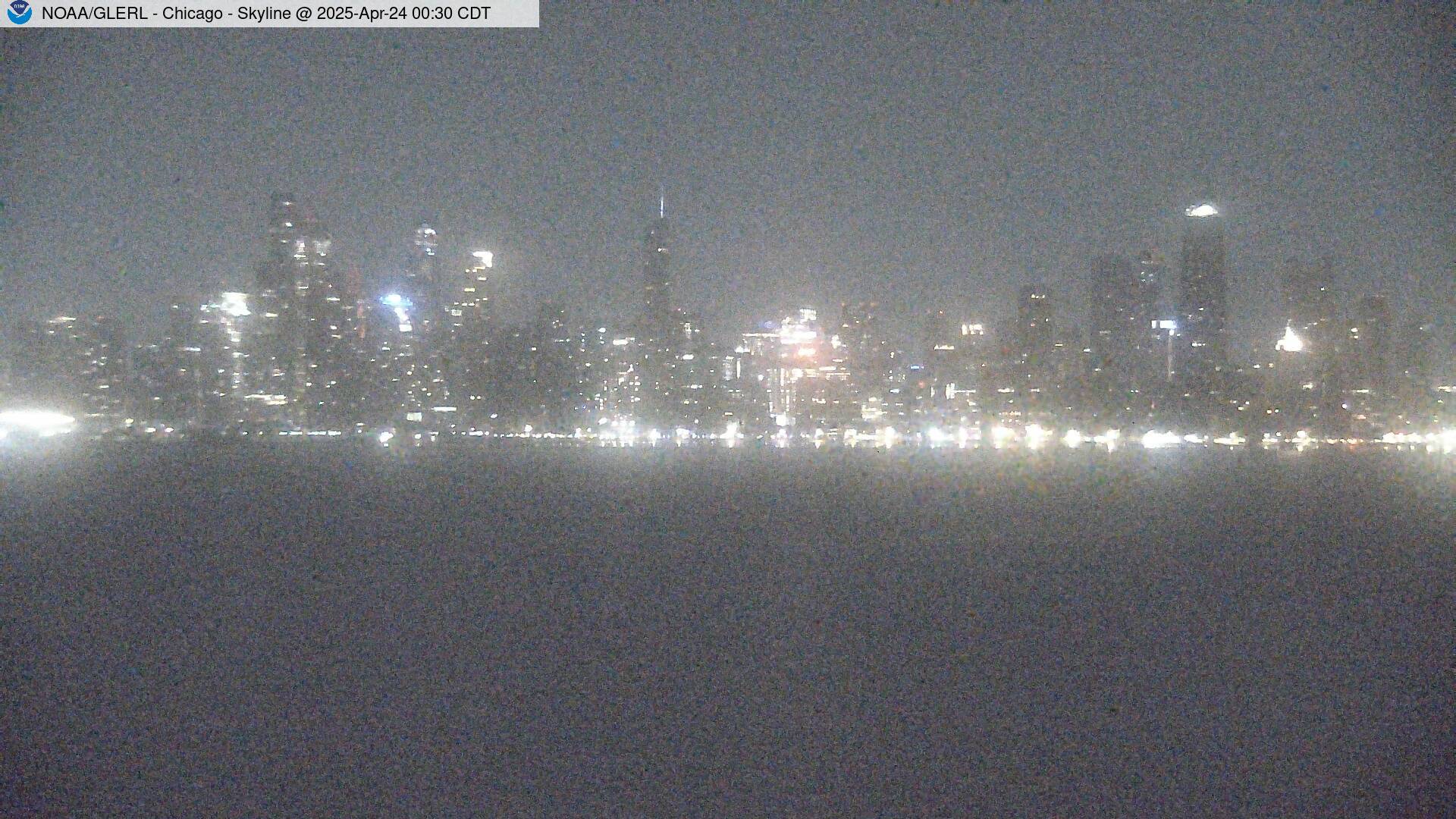






















![Validate my RSS feed [Valid RSS]](valid-rss.png)
No comments:
Post a Comment